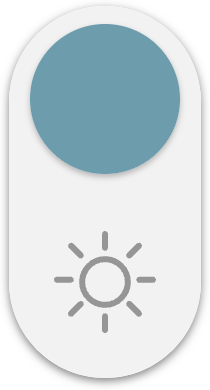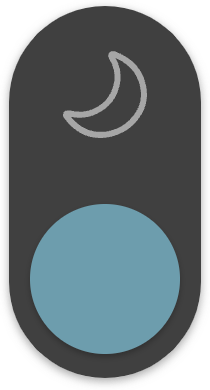
When you receive a beverage, ready to insert a straw and start enjoying the delicious drink, facing the three openings on the lid, suddenly there's a feeling of drawing a sword and looking around in confusion - which one should I insert into?

Consumers are perplexed by the multitude of holes and designs clustered on the beverage cup lid.

In fact, the size of the holes gives a clear indication of their purpose: the larger, round holes are designed for inserting thick straws, while the smaller, flat, round holes near the edge of the lid are meant for drinking directly from the cup.

As for the thin straws, simply insert them into both holes and enjoy your drink!

The reason behind the complex design of cup lid holes is simple: businesses aim to cut costs.
If the holes were tailored to suit different types of drinks, it would require producing several different lids, each with its own mold, which would be expensive. Therefore, the ideal cup lid for businesses can meet the needs of all beverages.
Of course, some other designs have functionality for cup lids.

The clever truth is that staff use these indentations to communicate what drink they've put in which cup. Look even closer; you'll notice that each button has a label. To avoid miscommunications, Servers press the corresponding type (like dietversus cola or decaf versus regular).

The tiny hole allows air to enter the container as the liquid leaves it. This constant airflow into the container allows the fluid to flow smoothly without bubbling or splashing.
1964 7-Elevens on Long Island became the first chain store to offer to-got raveler cups. From there, commuter coffee culture proliferated as chain convenience stores nationwide began to carry twenty-ounce behemoth to-go cups. A 1989 New York Times article referred to this specific travel mug as a "plastic, slosh-proof wonder" for late-twentieth-century commuters.
The '80s, however, saw a second renaissance of disposable coffee cups, even though Americans were actually starting to buy less regular coffee. Instead, they drank cappuccinos, lattes, and cafe mochas — specialty coffees that often included a frothy crown. To maintain that signature topping, to-go cups now had to come with domed lids that kept drinks hot and left headroom for the foam.
So Starbucks specifically produced a corresponding lid for this demand and applied for nine patents. Apart from the raised lid, a groove is also above the drinking hole to provide space for lips to sip.

Hot drinks can create water vapor, potentially causing leakage through the ventilation holes on the lid. To prevent secondary contamination, modern cup lids are designed to be breathable and prevent backflow, ensuring the safety of the beverage.




(Source: China Daily)
Related News:
China's visa-free: A glamorous encounter between South Korean tourists and Shanghai's wealth
Exploring HK's street names: Threads of history & cultural significance




















Comment